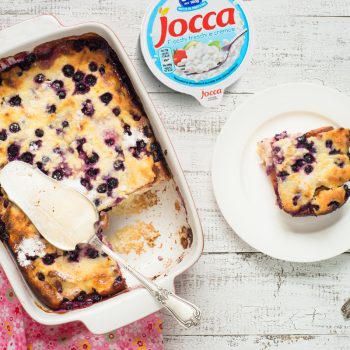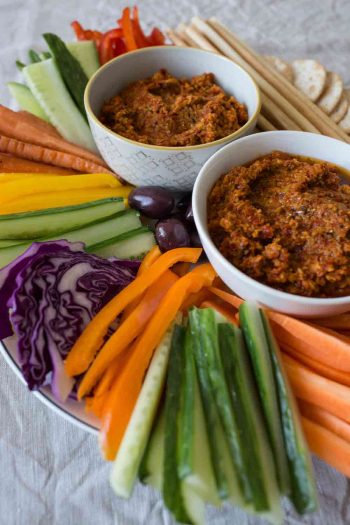The wine cooler has a bit of an identity problem. Is it a wine spritzer? A wine cocktail? Sangria? And what about that wild child moment in the '80s when it was the hottest thing on the party scene?
Luckily, this cocktail conundrum is easily solved. As Gertrude Stein might put it, wine cooler is wine spritzer is wine cocktail is sangria. And the versions being whipped up today have nothing in common with the cheap, mass-produced products of 30 years ago (which thankfully went the way of shoulder pads).
"Mixology has been raised to this new chef-like heights and wine, in a way, is the bartender's hottest ingredient right now," says Mike Dawson, senior editor at Wine Enthusiast. "Cutting-edge bartenders are taking these wine-based drinks to new heights, and creating these New Age coolers, along with countless variations of the sangria and classic wine cocktails like the New York Sour."
Summer is the perfect time for wine coolers, since it's the one time of year even the most dedicated vinophile toys with dropping a fistful of ice in a glass.
Switching to a cooler makes wine "a little bit easier to drink," says Chad Furuta of Del Frisco's Grille in New York. At the Grille, bartenders are making spritzers with a house white wine, mixed with ginger ale or a lemon-lime soda and served with a lemon twist or wedge. "Whether you want to call it wine cooler or spritzer, it really is a great summer drink," he says.
What should you use when making your own wine coolers? Well, don't reach for the bottom shelf wine that just doesn't taste good, advises Cappy Sorentino, bar director of Spoonbar restaurant at the h2hotel in the wine country town of Healdsburg, California. On the other hand, don't go crazy and uncork an expensive bottle of wine, either.
"It doesn't have to be the best stuff because you're basically using it as a base," he says.
Look for a wine that has a fair amount of acidity to it, i.e. "yes" to sauvignon blanc or pinot grigio, "no" to chardonnay that's spent a lot of time in oak barrels. For red wines, Spanish wines are, not surprisingly, a good choice since sangria is a Spanish invention. Tempranillo makes a good choice.
He has an interesting take on sangria, which is usually wine fortified with something a little stronger and augmented with sugar and spices. At Spoonbar, he's using a rose wine with pisco (Peruvian brandy), plus a little sugar, some water, fresh pineapple juice, cinnamon and a touch of clove. It's "really refreshing," which is good for Healdsburg, where temperatures can get toasty.
Joe Campanale, beverage director of four New York City neighborhood restaurants, encourages cocktail enthusiasts to get creative by mixing up their favorite single-serving cocktail in a pitcher for a group dinner or celebration. Keep the ingredients light, he advises, as in his Blame it on the Aperol cocktail served at the dell'anima restaurant which combines Aperol, Blue Coat gin, lemon juice in a pitcher with plenty of ice. Give it a stir, pour into flute glasses and top off with sparkling wine for a bright effervescence.



















